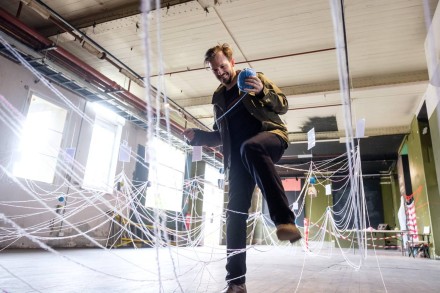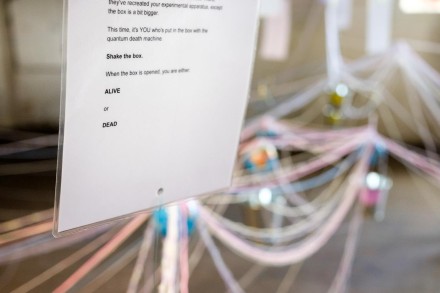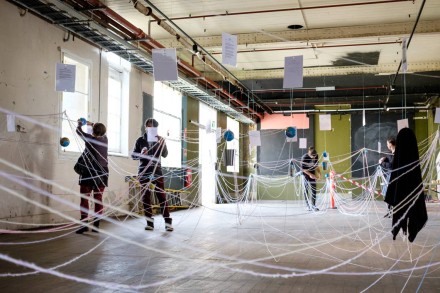Thank you to Joan Leach for the President’s Update.
Coonabarabran, NSW
I just had an amazing weekend at StarFest at Siding Spring Observatory in the Warrumbungles; inspiring to see the observatory at work after it was threatened by fire in 2013. They’ve added a renewed exhibition space and there was a lot of energy around the research. Astronomers seem to have ‘got’ science communication early in the piece but it is still inspiring to spend time at a world-class research facility and interact with the researchers there. And then there are the great views both skyward and over the Warrumbungles themselves…
Upcoming AGM
Unbelievably, 2016 is heading into the final quarter. This means the SCANZ conference is upon us, planning for ASC2017 in Adelaide is in full swing, and of course, it’s time to plan for the ASC AGM. So, keep alert as we set a date and place for the AGM—if anyone would like to host the AGM or put something on the agenda, please let me or Kali know. After 3 years as President of ASC, I will not be standing for President in 2017. I’ve really enjoyed the role and am pleased that ASC is a healthy organisation with many plans for the future. If anyone would like to have a conversation about the role and are thinking about running for ASC President at the AGM, I’m happy to have an actual or virtual coffee with you.
Making Connections with the World Federation of Science Journalists
As many of you know, ASC is a member of the WFSJ. I had a great conversation with Damien Chalaud, the Director of the WFSJ last week. He’s quite keen on hearing more about what we’re doing in Australia and has invited Bianca Nogrady, ASC vice-president, to take over the WFSJ twitter stream for a week in November. We’ll post more information on that and other joint initiatives very soon. It’s always worthwhile checking out what the WFSJ are up to—they’re currently planning their next conference in San Francisco early next year.



